What is EV Smart Charging?
Driivz
AUGUST 10, 2021
McKinsey Research shows that unmanaged, load-increases from EV-charging-power-demand may eventually push local transformers beyond their capacity, requiring expensive infrastructure upgrades. EV smart charging ensures the safe delivery of power to EVs without compromising on delivering electricity to offices, campuses and homes.

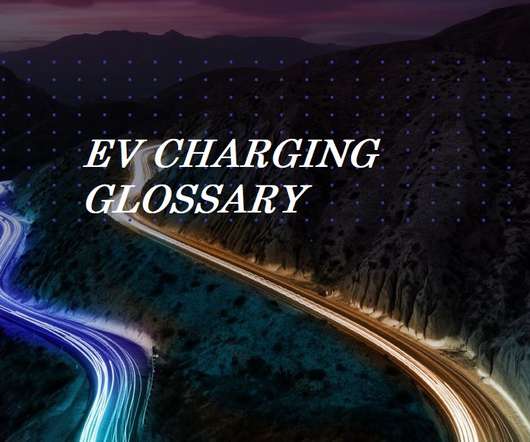
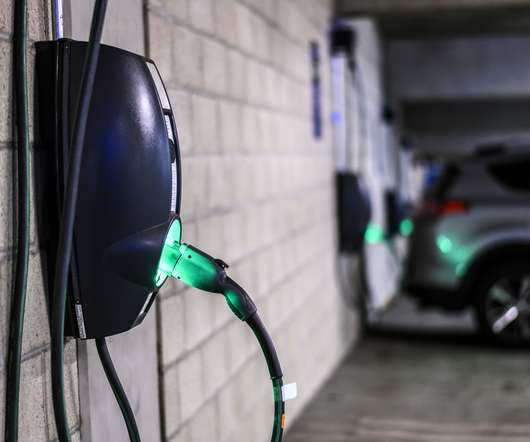
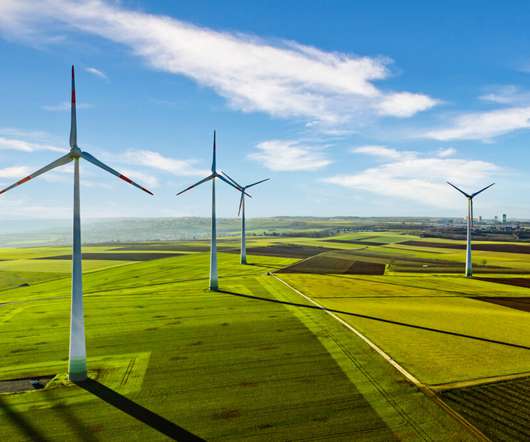

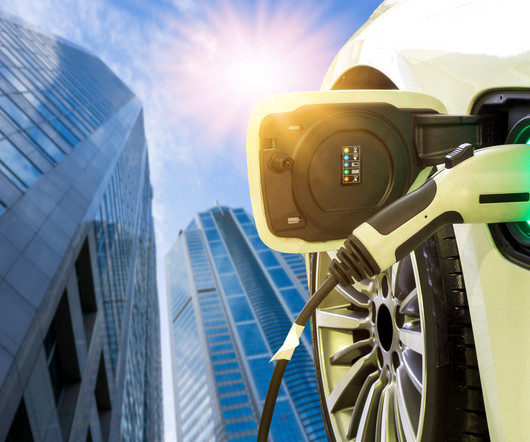
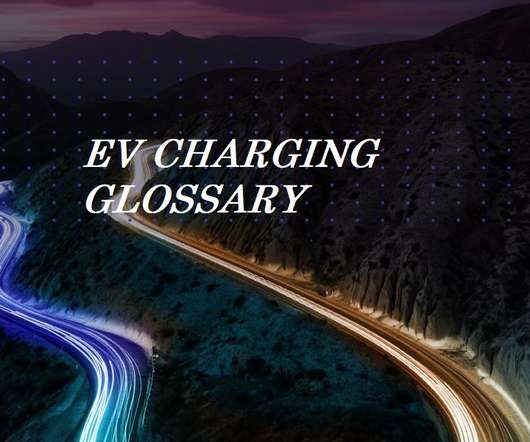
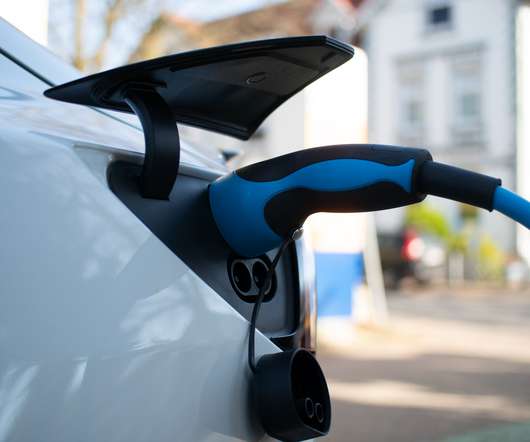
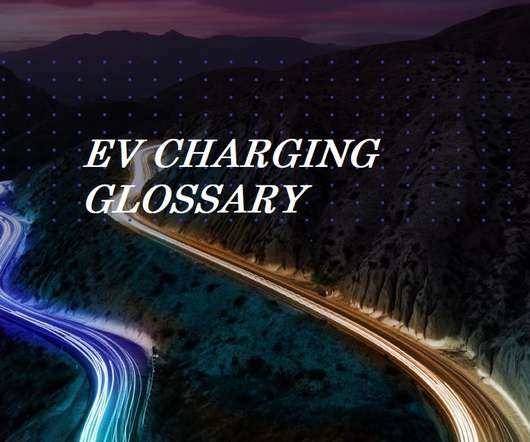
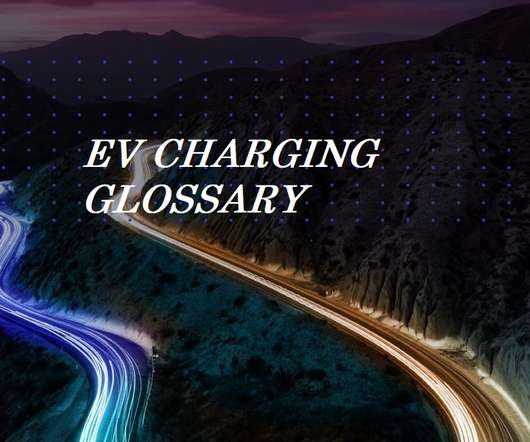
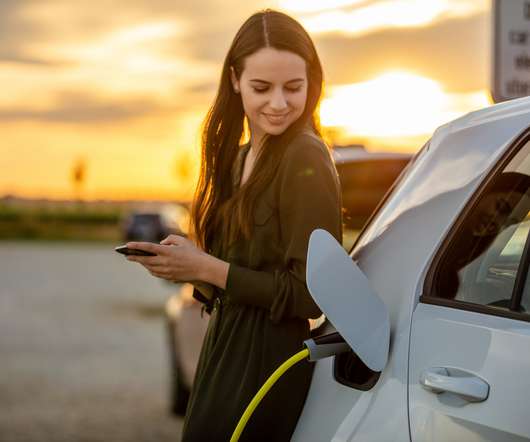
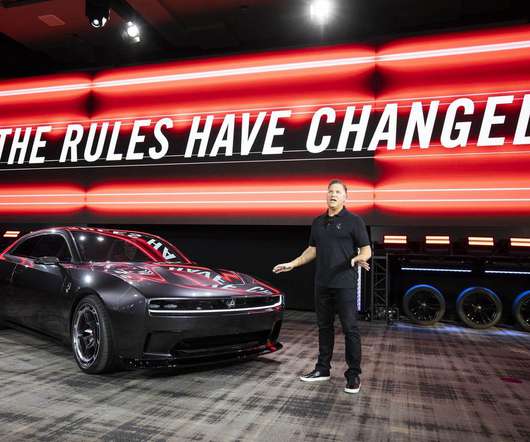






Let's personalize your content